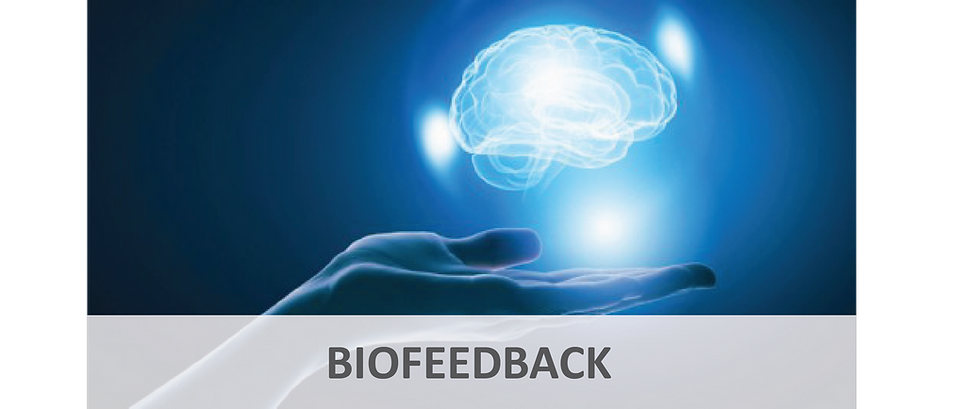Stroke: A Serious Case of Starving Your Brain
- Dr. Steve Cramer

- Dec 25, 2021
- 2 min read
Updated: Jun 24, 2023
Between your two ears lies 2.5 pounds of tissue that we all commonly refer to as the brain. While you may be familiar with the concept of the human brain, what you may not realize is that within your brain you have 100 billion nerve cells that communicate with each other every minute to create your day-to-day experience of life. That’s right- as you moved to grab your coffee cup, thousands of nerves had to talk to each other to allow for this seemingly simple action to occur. Many more routine actions like this along with the power to think new thoughts come from this incredible tissue floating in our skulls.

Your brain consumes 20% of your body’s total blood flow and energy
In order for you to experience your life as you know it, your brain needs to be given fuel. In fact, your brain consumes 20% of your body’s total blood flow and energy. This fuel comes in the form of glucose, and to burn the fuel you use oxygen from your blood. But what happens when there is an interruption to the fuel and oxygen your brain needs to operate smoothly?

When a person has an interruption in the delivery of fuel and oxygen to their brain, they are experiencing a stroke. When this interruption is short, it’s called a transient ischemic attack (TIA for short), and when it’s long, it’s called a stroke. The longer your brain goes without fuel and oxygen, the more brain tissue may potentially die as it is deprived of the vital resources it needs to operate.
This deprivation of fuel generally happens for one of two reasons, and this is why strokes are categorized into one of two general types: ischemic or hemorrhagic. In an ischemic stroke, blood flow is completely blocked to the tissues of the brain by a blood clot. Whereas in a hemorrhagic stroke, the blood vessel cracks open and the blood never makes it to its final destination.
Unfortunately, strokes are very common and are the 5th leading cause of death in the U.S. (and 2nd leading cause of death worldwide). Medical science has developed several treatment options to reduce injury for some individuals experiencing a stroke, but these therapies rely on getting to an E.R. quickly when symptoms of a stroke begin. These treatments typically involve either injecting a drug that breaks up the blood clot in the brain or going in with a catheter to remove the blood clot.
Most individuals with a stroke will need further treatment directed at restoring function
Whether or not these early treatments are received, most individuals with a stroke will need further treatment directed at restoring function and teaching those areas of your brain that survived the stroke to wake up and work again, sometimes in new ways. This is where TRCare comes in with our comprehensive library and resources to help you thrive after experiencing a stroke. It’s time to give your brain the fuel it deserves to recover and we’re here to help you every step of the way!
Visit TRCare's online exercise portal today to learn more about how you can take back your life after experiencing a stroke.


